New Trek Domane is lighter and faster with a simplified IsoSpeed system and improved aerodynamics
Trek says the fourth generation is the fastest Domane it has ever made, but claims it still has the same cushioned ride
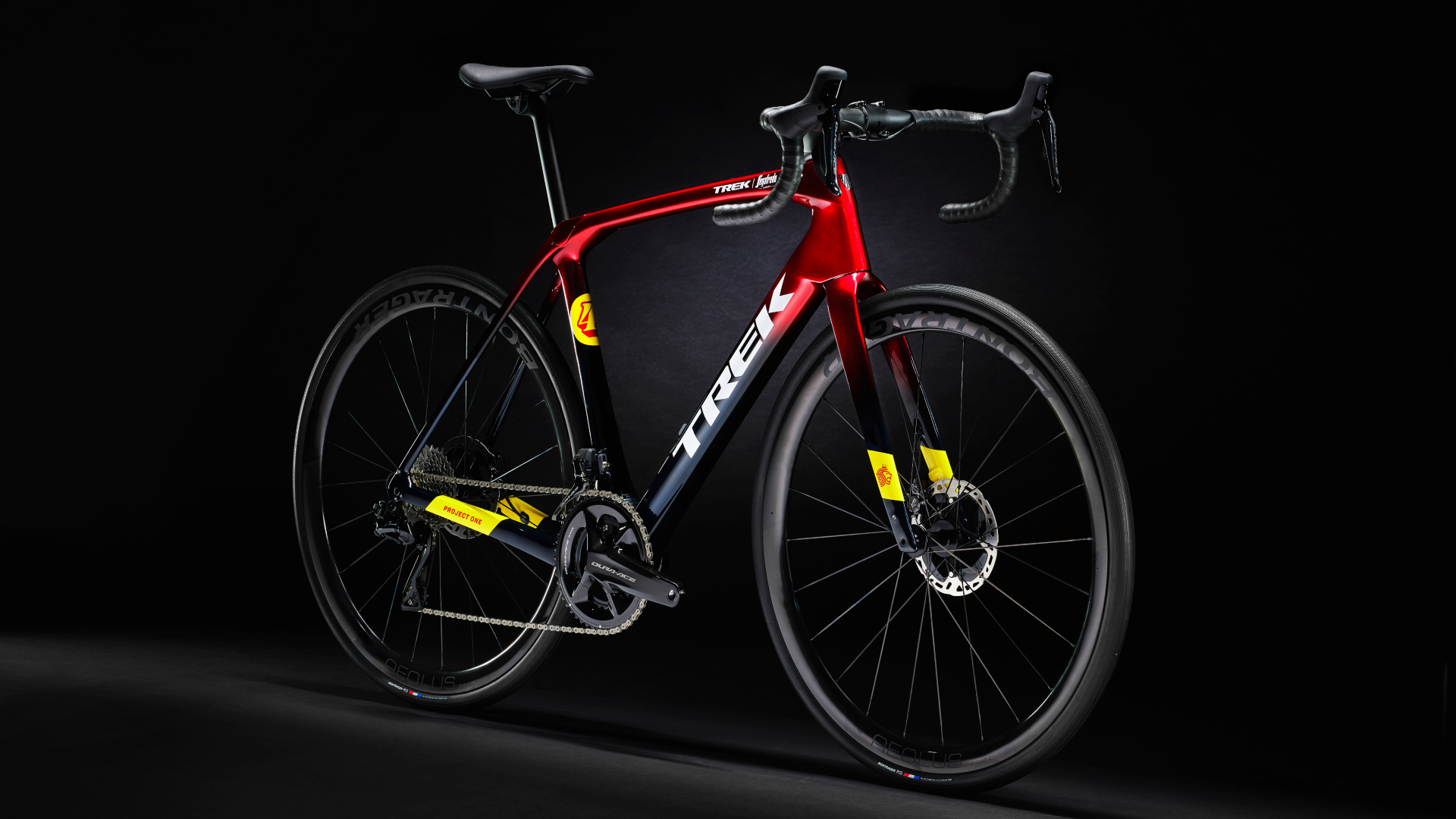
While the new Trek Domane isn’t the first road bike to receive a facelift in the pursuit of a ‘lighter and faster’ outcome, attempting this while maintaining the all-day comfort the bike is known for required quite the balancing act.
Both the fourth generation Domane SL and SLR frames have been redesigned to make them close to 300g lighter than the outgoing models. Trek claims that it's also the fastest Domane it's ever made. However, despite this new “performance tilt”, it is still billed as being as compliant and as versatile as the previous Domane. The result is a bike that appears equipped to walk the tightrope with not just assurance but a little swagger too.
“It feels like a performance road bike,” says Jordan Roessingh, director of road bikes at Trek, “and you still maintain all the benefits of the previous versions".
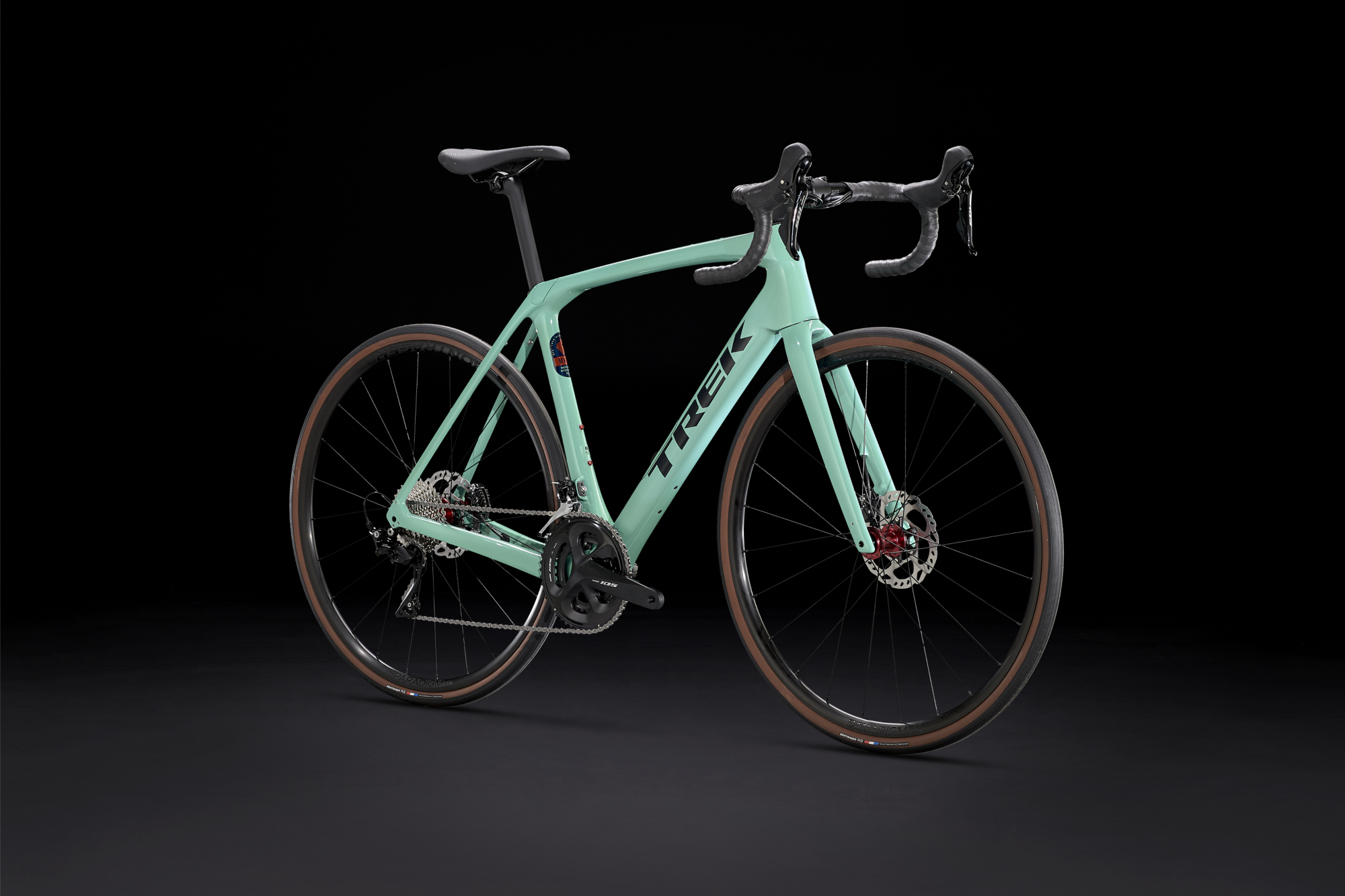
Those benefits, namely comfort and capability, were achieved through the combination of clearance for tyres as wide as 38mm and IsoSpeed technology that further ironed out the bumps in the road. Combined they gave the Domane its place in the Trek road bike line as a multi-faceted endurance bike.
Both remain, although the Isospeed system has been overhauled in the pursuit of reduced weight and greater simplicity. Its now a ‘rear-end’ system only; the front end IsoSpeed has been removed entirely while the rear is now non-adjustable, with Trek saying that its feedback from Domane users told them the adjustability function was rarely used.
If this may point to the new Domane being less comfortable than previous iterations, Trek are confident that the well-cushioned ride remains. It says the IsoSpeed on the new SLR bikes is set to mirror the previous system in its “most comfortable setting”, while the SL uses the shift from seatpost to top-tube positioning of IsoSpeed to its advantage, with the compliance “tuned” to each individual frame size. This also allows for the introduction of a new integrated seatpost clamp that adds to a cleaner aesthetic that’s maintained across the bike as well as a D-shaped post that is said to improve the bike’s aerodynamic performance.
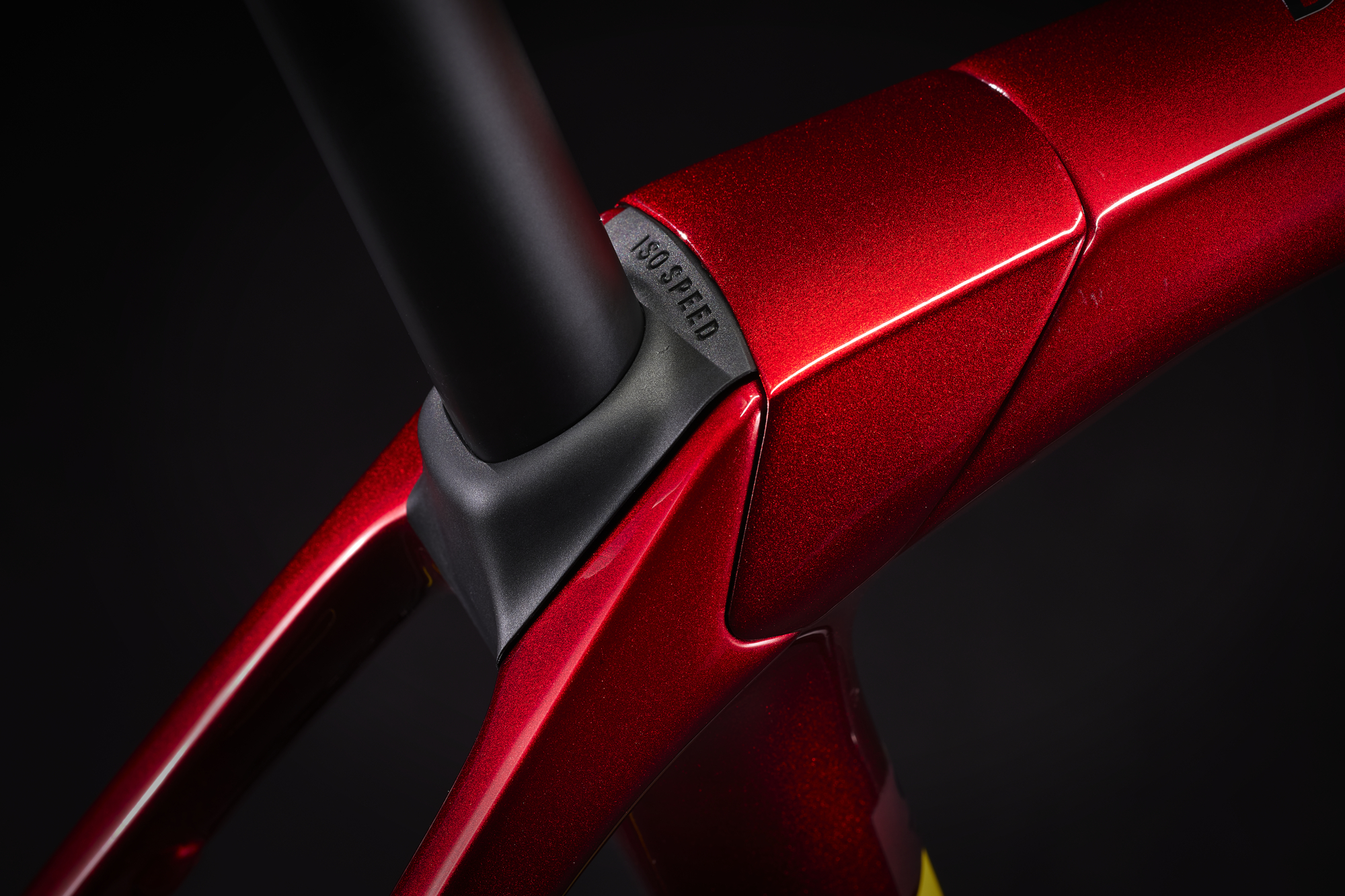
The reduction in weight, aided in part by the refinements to the IsoSpeed system, aims to make for a faster and more responsive Domane - SLR builds are said to be as much as 700g lighter than the outgoing models, while SR builds shave around 300g off the total weight. The bike has always been designed with long days in the saddle in mind, but the desire to make it applicable for long and fast days out led Trek to not only focus on frame material but tube shapes too. Both the SL and the SLR feature updated Kammtail Virtual Foil (KVF) shapes for improved aerodynamics, including the aforementioned KVF seatpost that’s available in two lengths - 280mm and 320mm - and two offsets - 5mm and 20mm.
The latest race content, interviews, features, reviews and expert buying guides, direct to your inbox!
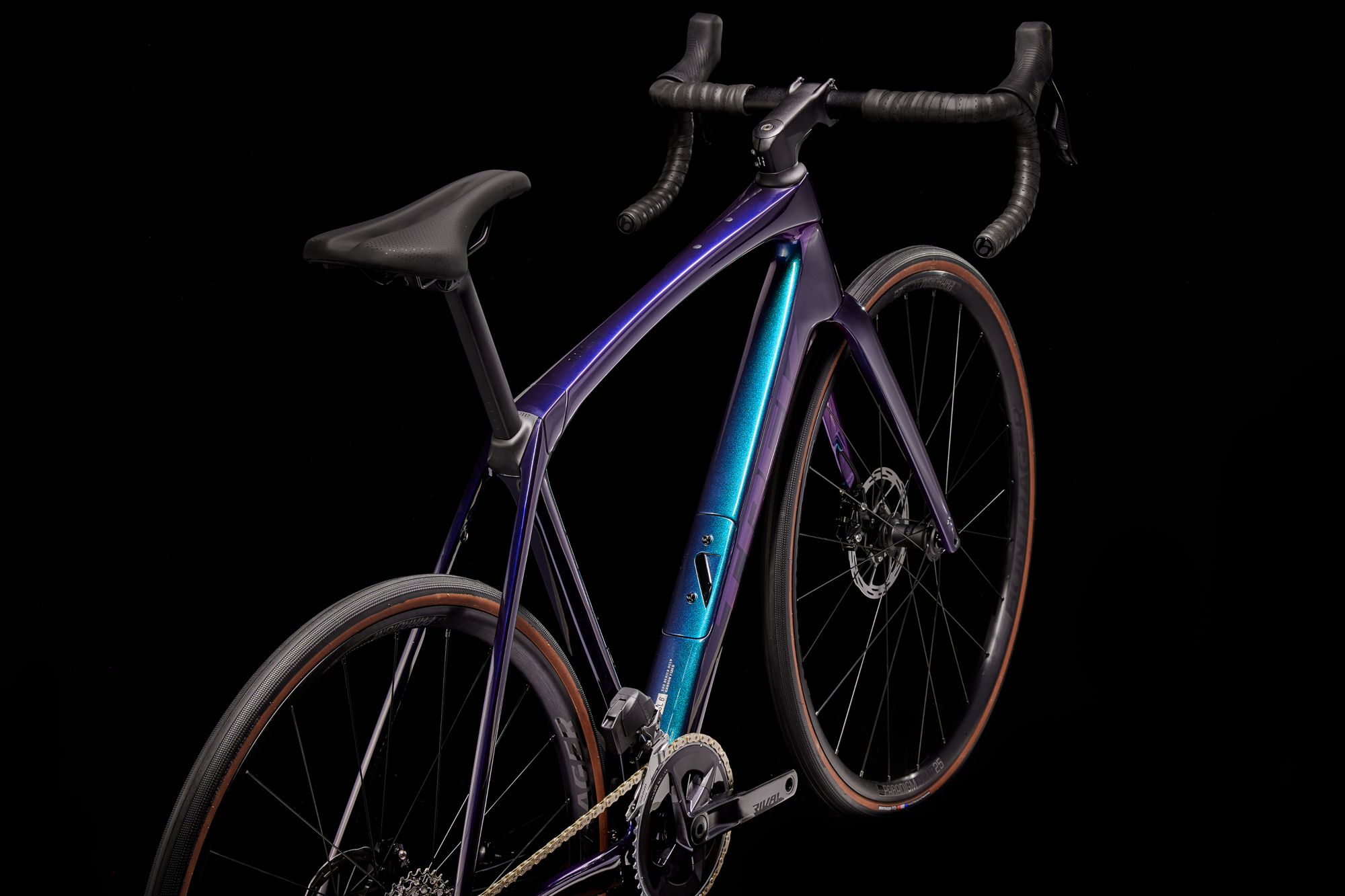
There’s a newly integrated cockpit that hides cables and hoses from the wind, too. The RCS Pro stem is used across all the SL and SLR builds and, as well as improving aerodynamics, is designed to be simple to set up and adjust. As for the handlebars, the SL models are equipped with Bontrager’s alloy Elite IsoZone VR-SF, while the SLR comes with the carbon Pro IsoCore VR-SF. Like the new Madone released earlier this year, a top cap replacement is also available, which makes the Domane compatible with any 31.8mm bar and stem combination.
While the SL and the SLR share the same frame design, the materials differ. The SL uses Trek’s 5000 OCLV carbon, while the SLR now benefits from the upgraded 8000 OCLV carbon.
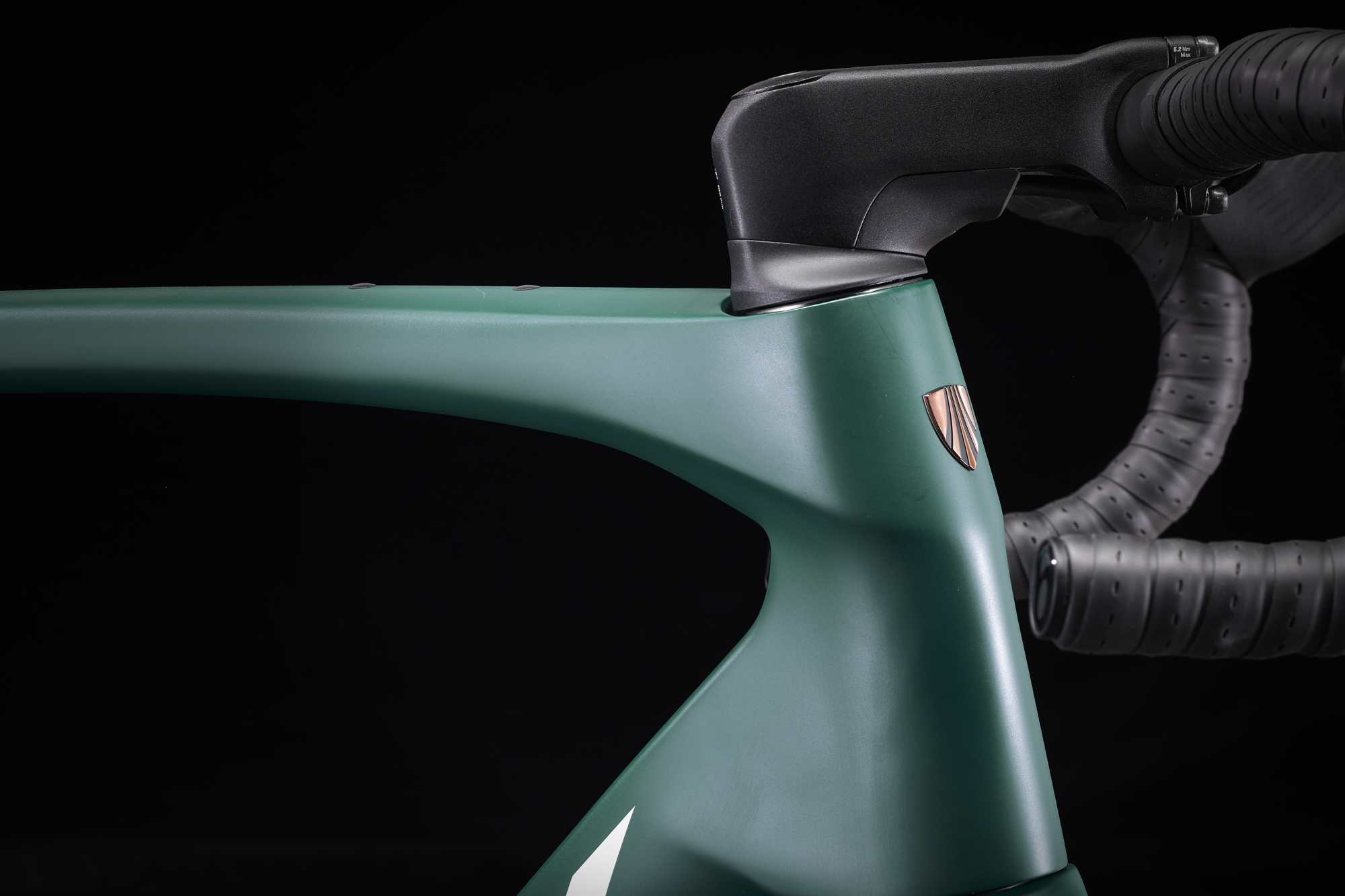
Trek weren’t satisfied to leave it there, though. Its desire to make the Domane more performance oriented led to the creation of the Race Shop Limited (RSL) model. Available as a frameset only, it features the US brand’s more aggressive H1.5 racing fit used on both the Madone and the Emonda. This means it's substantially lower at the front end than the SL and SLR; a comparison of the geometry charts show that a 54cm RSL has a stack height of 52.7cm compared to the SL and SLR’s 57.5cm. It also forgoes the integrated downtube storage featured on both these frames as well as reducing tyre clearance to 35mm.
Designed for the Trek-Segafredo WorldTour teams, it first surfaced at Paris-Roubaix earlier this year, with Elisa Longo Borghini piloting it to victory in the Femmes edition of the race. A debut to remember, Longo Borghini spoke after the win of the Domane RSL’s blend of “stiffness and softness” over the cobbles as well as its agility when riding in the peloton; no doubt music to the ears the Trek designers tasked with juggling making the bike lighter and faster without compromising its comfort.

While a top spot on the podium is vindication for the Domane’s redesign and the kind of exposure that money can’t buy, the bike’s broader success is likely to be rooted in the experience of the weekend warrior. With this in mind, the SL and the SLR balances the performance enhancements with practical features, including hidden mudguard mounts, bosses for a top tube bag and the aforementioned internal frame storage.

Together they should help make the Domane, at any of its many price points, as capable as ever. When combined with the generous tyre clearance, endurance geometry and IsoSpeed cushioning, it suggests a bike adept at handling all that’s thrown at it, from inclement weather to poor road surfaces to grueling century rides.
“It’s one bike that allows you to do everything,” says Roessingh. On first glance at least, it appears he could well be right.
Specifications and pricing
Pricing starts at £3,300 / $3,499 for the Madone SL 5, which features Bontrager Paradigm SL wheels and a mechanical Shimano 105 groupset.
The Madone SL 6 costs £4,400 / $4,699.99 spec'd with 12-speed Shimano 105 Di2 and Bontrager Paradigm Comp 25 wheels. It’s also available with a SRAM Rival eTap AXS groupset, which retails at £4,800 / $5,299.
The SL 7 is also offered with both Shimano and SRAM electronic groupsets - 12-speed Ultegra and Force eTap AXS. The wheelset is Bontager’s carbon rimmed Aeolus Pro 37. The Ultegra build is priced at £6,400 / $6,829.99, while the SRAM equipped model costs £7,250 / $7,499.99.
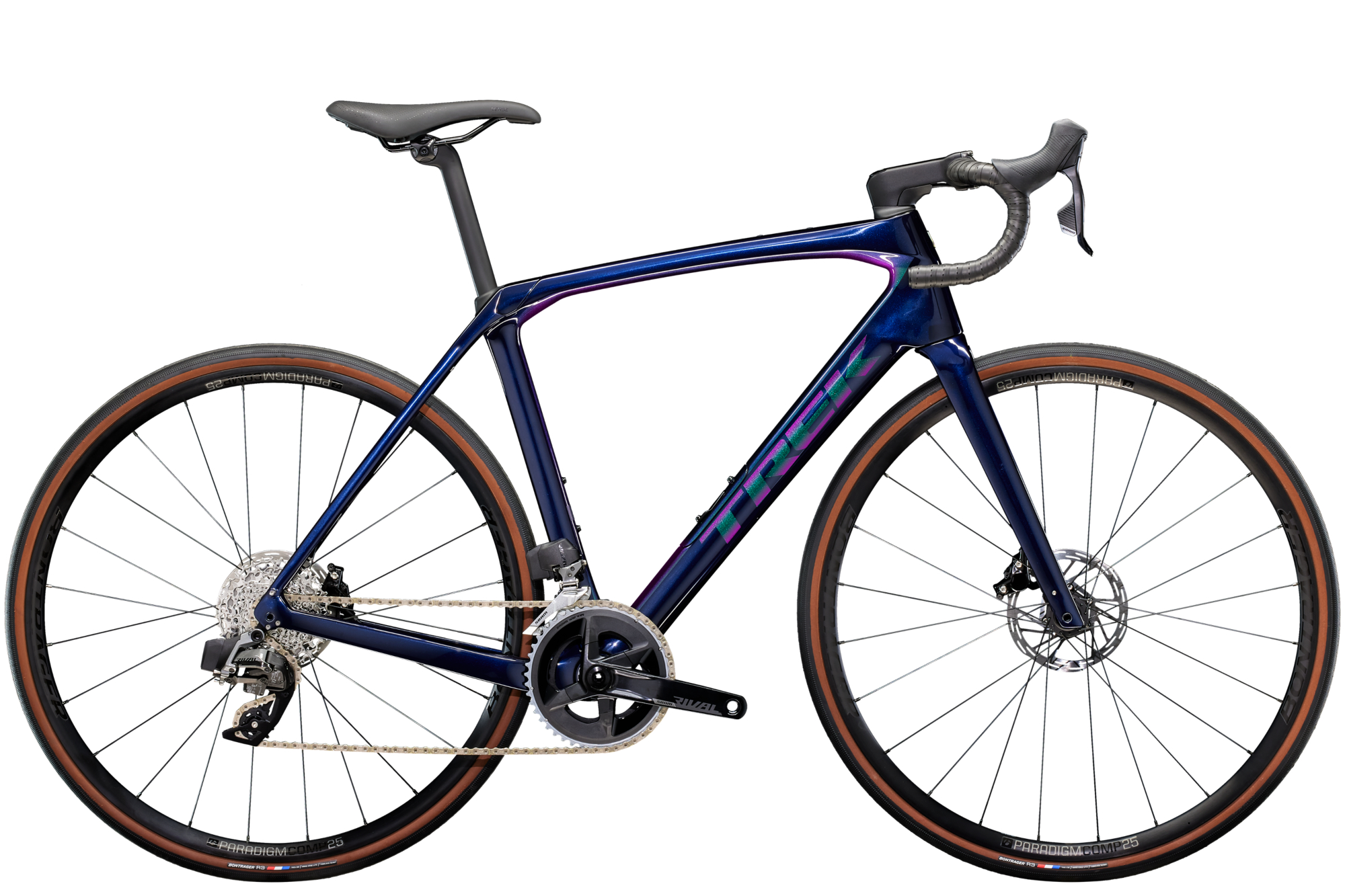
The Madone SLR 6 is the entry-level model using the 8000 series carbon frameset. It’s again available with a choice of two groupsets, SRAM Rival eTap AXS and Shimano 105 Di2, and the Aeolus Pro 37 carbon hoops. Prices are £7,500 / $8,399.99 and £7,000 / $7,999.99 respectively.
The SLR 7 uses the same Aeolus Pro 37 wheelset but the groupset offerings move up a tier to SRAM Force eTap AXS and Shimano 12-speed Ultegra Di2. Prices are £9,000 / 8,549.99 for the Ultegra build and £9,500 / $9,699.99 with Force eTap.
The SLR 9 is the flagship model and is available with both SRAM Red eTap AXS and Shimano 12-speed Dura-Ace Di2. The wheelset on both models are again Bontrager’s Aeolus Pro 37. Prices are £12,500 / $13,199.99 and £12,000 / $12, 749.99 respectively.
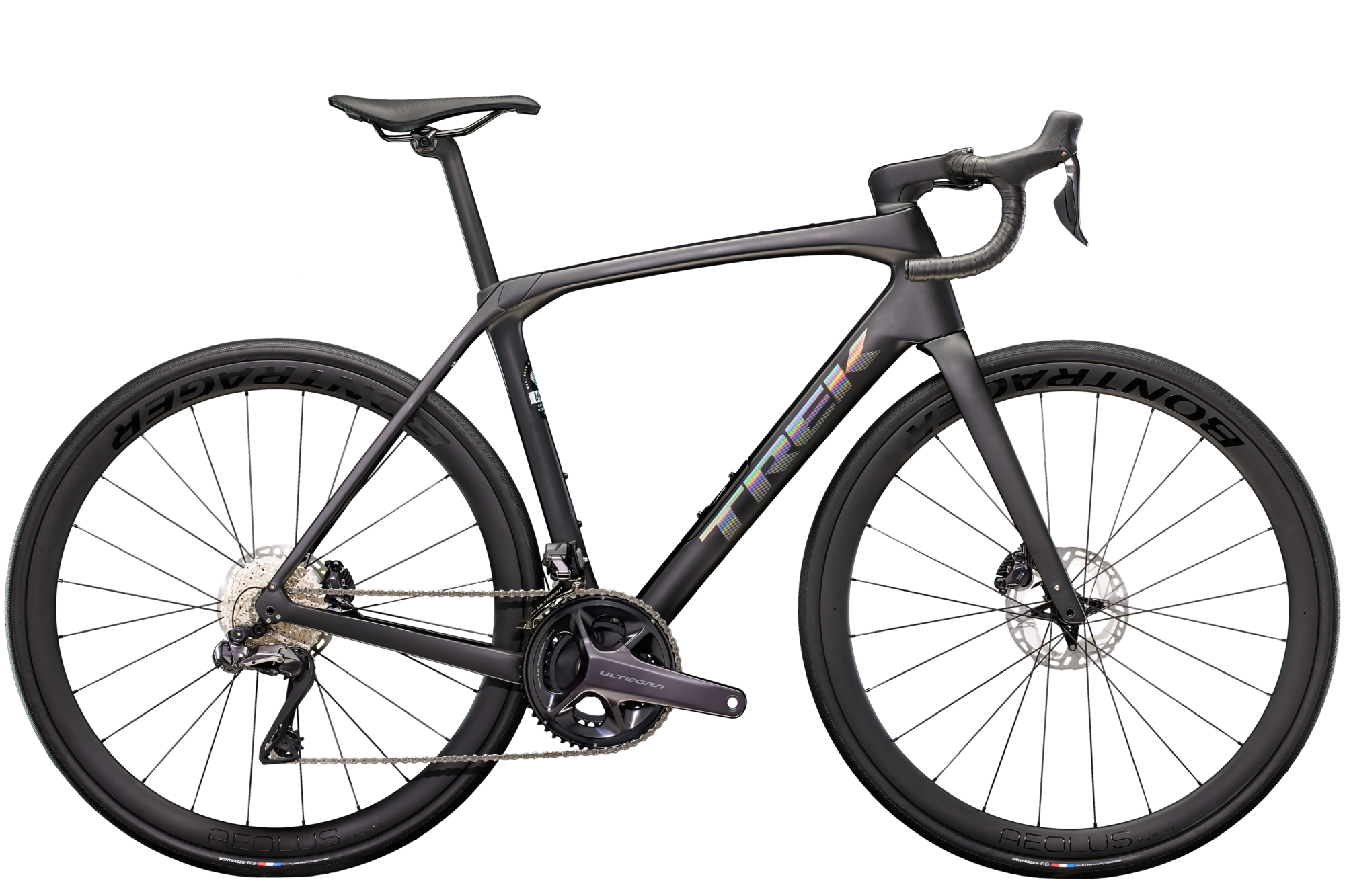
The RSL is available as a frameset only and retails at £4,500 / $4,199.99. The SL and SLR are also offered as framesets, retailing at £2,700 / $2,499 and £4,500 / $4,199.99.
For more information on the Trek Domane SL, SLR and RSL visit trek.com
Luke Friend has worked as a writer, editor and copywriter for over twenty five years. Across books, magazines and websites, he's covered a broad range of topics for a range of clients including Major League Baseball, Golf Digest, the National Trust and the NHS. He has an MA in Professional Writing from Falmouth University and is a qualified bicycle mechanic. He has been a cycling enthusiast from an early age, partly due to watching the Tour de France on TV. He's a keen follower of bike racing to this day as well as a regular road and gravel rider.